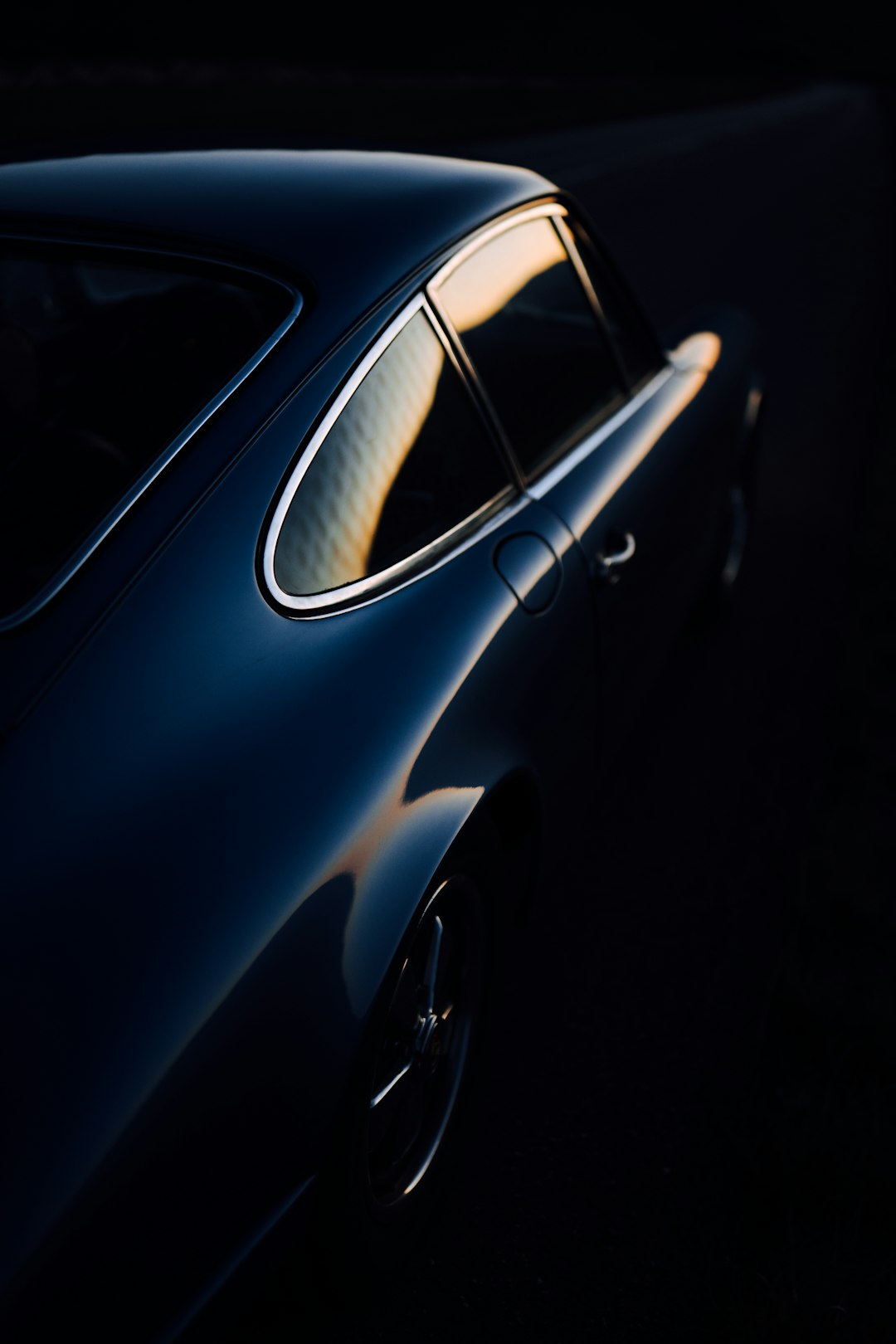The future of car design is an exciting and rapidly evolving field that is constantly being shaped by new technologies, environmental concerns, and changing consumer preferences. As we look ahead to what the next generation of cars will look like, it’s clear that we can expect to see some major shifts in design and innovation.
One of the biggest trends in car design that is likely to shape the future of the industry is the move towards electric and autonomous vehicles. With concerns about climate change and the environmental impact of traditional gasoline-powered cars becoming more pressing, many automakers are investing heavily in developing electric cars that are more sustainable and energy-efficient. As a result, we can expect to see more sleek, aerodynamic designs that are optimized for efficiency and performance.
Alongside the shift towards electric cars, autonomous vehicles are also set to become a major part of the automotive landscape. As self-driving technology continues to advance, car designers are faced with a new set of challenges and possibilities. Without the need for a traditional driver’s cockpit, the interior of autonomous vehicles can be reimagined as a multifunctional space that can be tailored to the needs and preferences of passengers. This opens up a whole new world of possibilities in terms of interior design, from flexible seating arrangements to advanced entertainment and communication systems.
In terms of exterior design, autonomous vehicles present a unique opportunity for car designers to experiment with new shapes and forms. Without the need for traditional features like side mirrors or steering wheels, autonomous cars can have a more streamlined and futuristic appearance. This could lead to a new era of car design that is more focused on aesthetics and cutting-edge technology, rather than purely functional considerations.
Another major trend that is likely to shape the future of car design is the increased use of sustainable materials and manufacturing processes. With growing concerns about the environmental impact of car production, many automakers are looking for ways to reduce their carbon footprint and create more eco-friendly vehicles. This has led to a greater emphasis on using recycled materials, such as aluminum and carbon fiber, as well as implementing more efficient production methods that generate less waste.
In addition to using sustainable materials, car designers are also looking for ways to make vehicles more energy-efficient and environmentally friendly. This has led to the development of new technologies, such as solar panels and regenerative braking systems, that can help reduce emissions and improve fuel economy. As a result, we can expect to see more eco-friendly cars on the road in the coming years that are both stylish and sustainable.
One of the most exciting developments in car design is the increasing use of advanced technology to create more personalized and connected driving experiences. With the rise of features like augmented reality displays, voice recognition systems, and artificial intelligence, cars are becoming more like smartphones on wheels. This has opened up a whole new world of possibilities for car designers to create vehicles that are not only safe and efficient but also intuitive and user-friendly.
For example, car designers are now incorporating gesture control systems and haptic feedback technology into their designs to create a more interactive and immersive driving experience. This allows drivers to easily access information and control functions without having to take their eyes off the road, leading to safer and more convenient driving experiences.
In conclusion, the future of car design is a dynamic and innovative field that is constantly evolving to meet the changing needs and preferences of consumers. With the rise of electric and autonomous vehicles, as well as a greater emphasis on sustainability and advanced technology, we can expect to see a new generation of cars that are not only stylish and efficient but also eco-friendly and connected. As car designers continue to push the boundaries of innovation and creativity, the possibilities for the future of automotive design are truly limitless.

